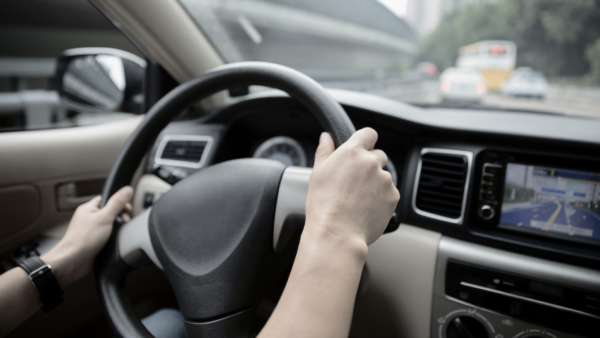
Rules and regulations for tow truck transport
A tow truck is a specialized vehicle that is used to transport cars and motorbikes. It is usually associated with negative situations, such as a car breakdown and towing. In practice, it is useful for bringing a vehicle from abroad or transporting a race car to the track. The following are the most important rules that you should follow when transporting cars on a tow truck.
Table of contents
“Laweta” versus “auto laweta” – what is the difference?
In everyday speech, we very often use these terms interchangeably. In fact, “laweta” and “autolaweta” are not the same. How are they different? “Laweta” is a trailer used to transport cars. It is therefore a separate element that can be attached to different vehicles. It can also be called a “car trailer”. In light of existing regulations, it is treated as a separate vehicle that must be registered at the government office. To drive a vehicle with a trailer, one must hold the B + E driving license. The “autolaweta”, or tow truck, on the other hand, is a type of delivery vehicle, equipped with a special platform. The rear part of the vehicle lacks the typical van body or seats. There is a flat platform with a ramp, which constitutes an integral part of the tow truck. Thus, the biggest difference between the “laweta” (trailer) and the “auto laweta” (tow truck) is quite clear. The “auto laweta” is an independent vehicle adapted to the transport of cars, while a “laweta” is a type of trailer.
Transport on a tow truck – what are the regulations?
- Technical requirements for the vehicle result from the provisions of the Regulation of the Minister of Infrastructure of December 31, 2002 on the technical conditions of vehicles and the scope of required equipment
- When towing a vehicle with a tow truck, we must exercise special caution, especially when taking turns, as set out in the provisions of the Road Traffic Act
- The tow truck has a specified permissible total weight in its certificate, which when exceeded results in a penalty and a requirement to reload
Who can drive a tow truck?
Any driver who holds a category B driving license may drive a vehicle with a maximum permissible weight of up to 3500 kg, including a tow truck. Basic allowances are sufficient in the vast majority of cases, where the total weight of the driver, tow truck and the transported vehicle is within 3.5 tonnes. There are also tow trucks with a higher GVM available on the market, adapted to the transport of several cars or more massive vehicles. In the case of a tow truck with a DMC of up to 7000 kg, a type C license will be required. Therefore, whether you need a tow truck license depends to a great extent on the specific vehicle.
What are the costs of renting a tow truck?
The cost of renting a tow truck depends on the type of service provided. Rental companies offer rentals calculated per day or per hour. Carsharing, i.e. car rental by the minute, is becoming more and more popular in Poland. The average price for renting a tow truck for 24 hours is PLN 300-450 per day. For a multi-day rental, the prices range from PLN 250-350 per day. By far the most expensive rental is for a few hours, where prices can reach PLN 150 for 4 hours.
What affects the price of renting a tow truck?
- Rental time – the longer the rental, the relatively lower the price
- Mileage limit – the more kilometres you can drive, the higher the price
- Year and brand of the tow truck – you pay more for newer vehicles
- Distance from the pickup point – accessing the pick-up location is often additionally charged
Renting a tow truck is quite a risky business, leading to relatively high rental costs.
What should you keep in mind when choosing a tow truck?
- Equipment matters – a winch and long ramps make it much easier to pull the vehicle onto the platform
- Be careful when manoeuvring on the road – the tow truck requires much more space when turning
- Pay attention to the engine horsepower and type – towing another vehicle requires additional horsepower, which often goes hand in hand with higher fuel consumption
- Make sure you do not exceed the permissible total weight of the vehicle



